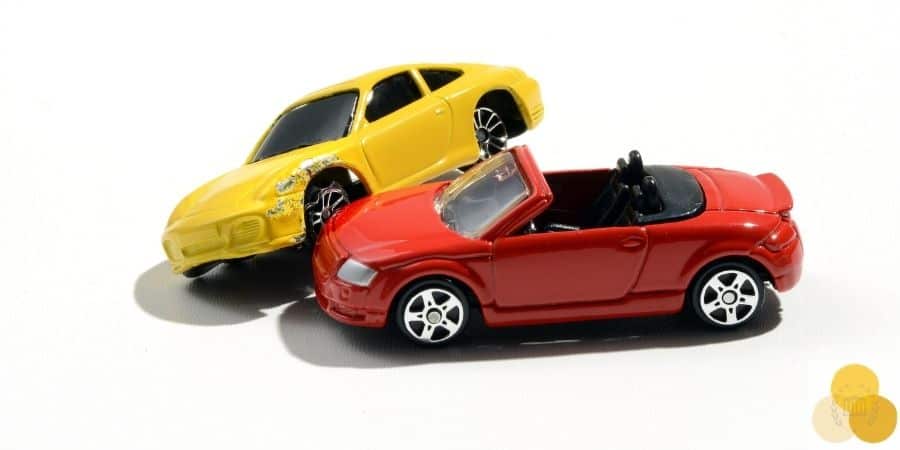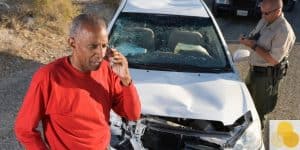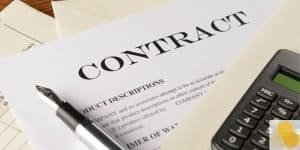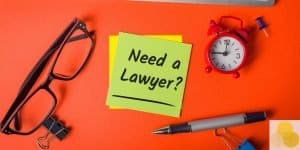No One Wants To Be In A Crash
Car crashes are, unfortunately, more common than we think. And teenagers are likely to be involved in them. In fact, The risk of motor vehicle crashes is higher among teens aged 16–19 than among any other age group. Even very careful, defensive drivers can be involved in car accidents. So, you need to understand what to do if a crash crash happens to you.
Car crashes are, unfortunately, more common than we think
1. Stay Calm
It’s important to stay calm because, after a car accident, your emotions may be flying with anger, fear, anxiety, or shock. These emotions are normal, but before you do anything, it’s a good idea to center yourself by taking ten deep breaths. The calmer you are, the more you will be able to think clearly and handle the situation.
2. Stay Safe
Please do not get out of the car unless it is safe to do so. Always turn on your hazards lights. And, if you’re on the freeway, it may be best to stay in your car. If you have an emergency kit, set up the orange cones or warning triangles around the site. In some states, it is illegal to move your car from the location of the crash, even if it is blocking traffic.
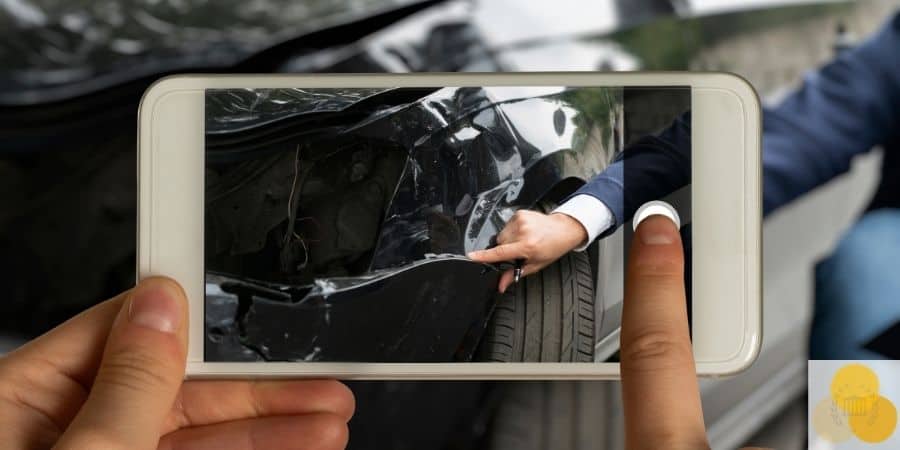
3. Check for Injuries
Check everyone involved for injuries and remember that just because you don’t see an injury doesn’t mean it isn’t there. Ask if anyone is feeling dizzy, nauseous, or unable to think clearly. You should also ensure that everyone sees professional medical attention to ensure there are no long-lasting injuries.
4. Call for Help
Call for help — 911, family and the insurance company should be a few of your first calls. When you call 911, be prepared to share both drivers’ names and phone numbers, what happened, and where you are. Do not hang up until the dispatcher says it is safe to do so. Often, police will visit a car crash scene even if there are no injuries as someone to mediate and keep traffic flowing. However, if you are not blocking traffic, no one was injured, and you can solve it on your own, then the police may not come to the site.
5. Capture As Much Information As Possible
If the police do not show up to mediate, you will still need to capture important information. You’ll want to have information about the other driver and the crash to report to insurance or an attorney if necessary. Write down the license numbers, name, address, phone number, insurance company, and insurance policy number, and vehicle make and model. Then write up your own version of what happened, including the vehicles involved. Additionally, it’s a good idea to take pictures of the scene or even draw a diagram of the crash. Record the date, time, and weather conditions. And if there were any witnesses there, try to get their contact information as well.
Having this information is key to proving fault with an insurance company or courtroom if you need to recover damages.
Conclusion
In the days after, you should try opening up to family about what happened. However, do not post details on social media that could prove you are at fault. Do seek professional medical help for physical and emotional trauma.

